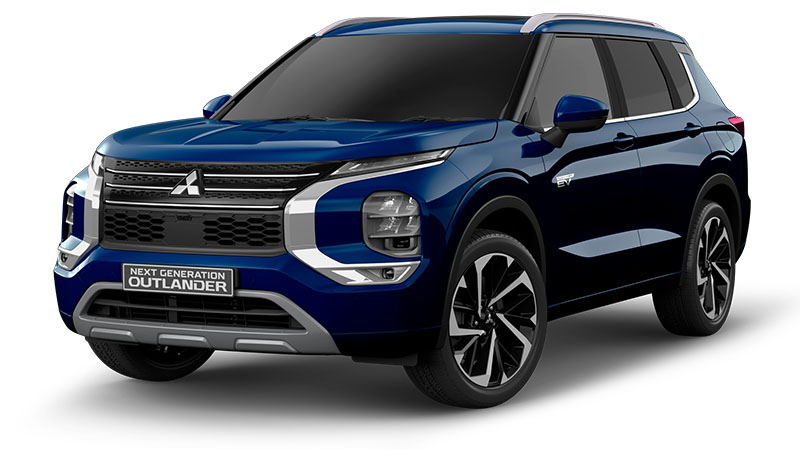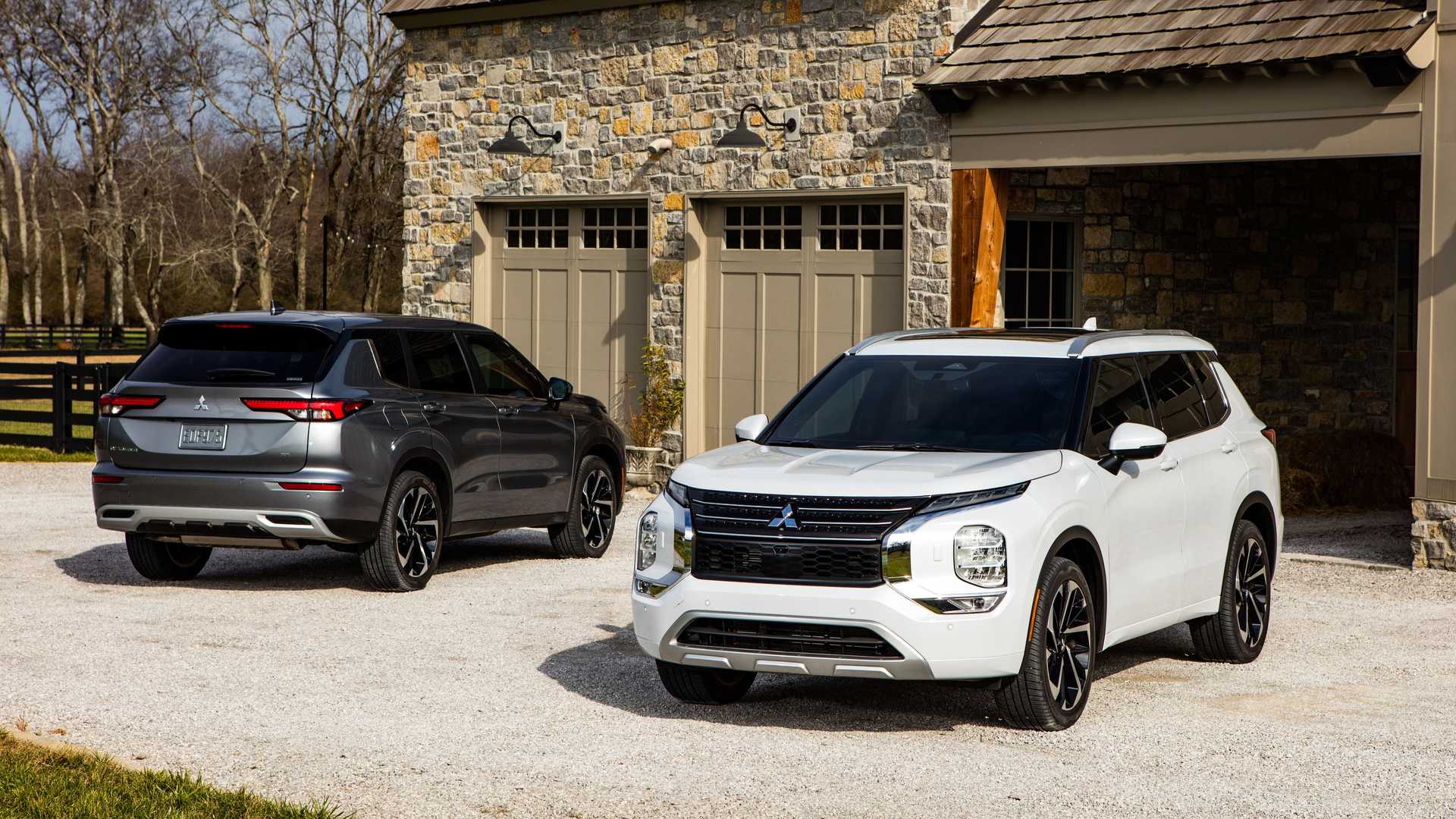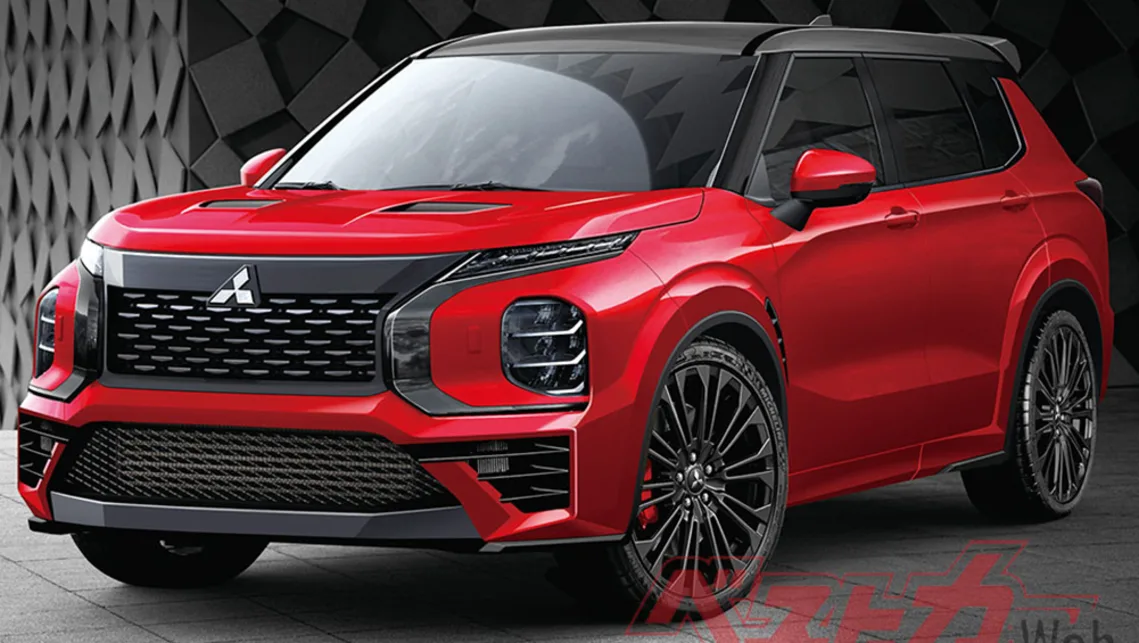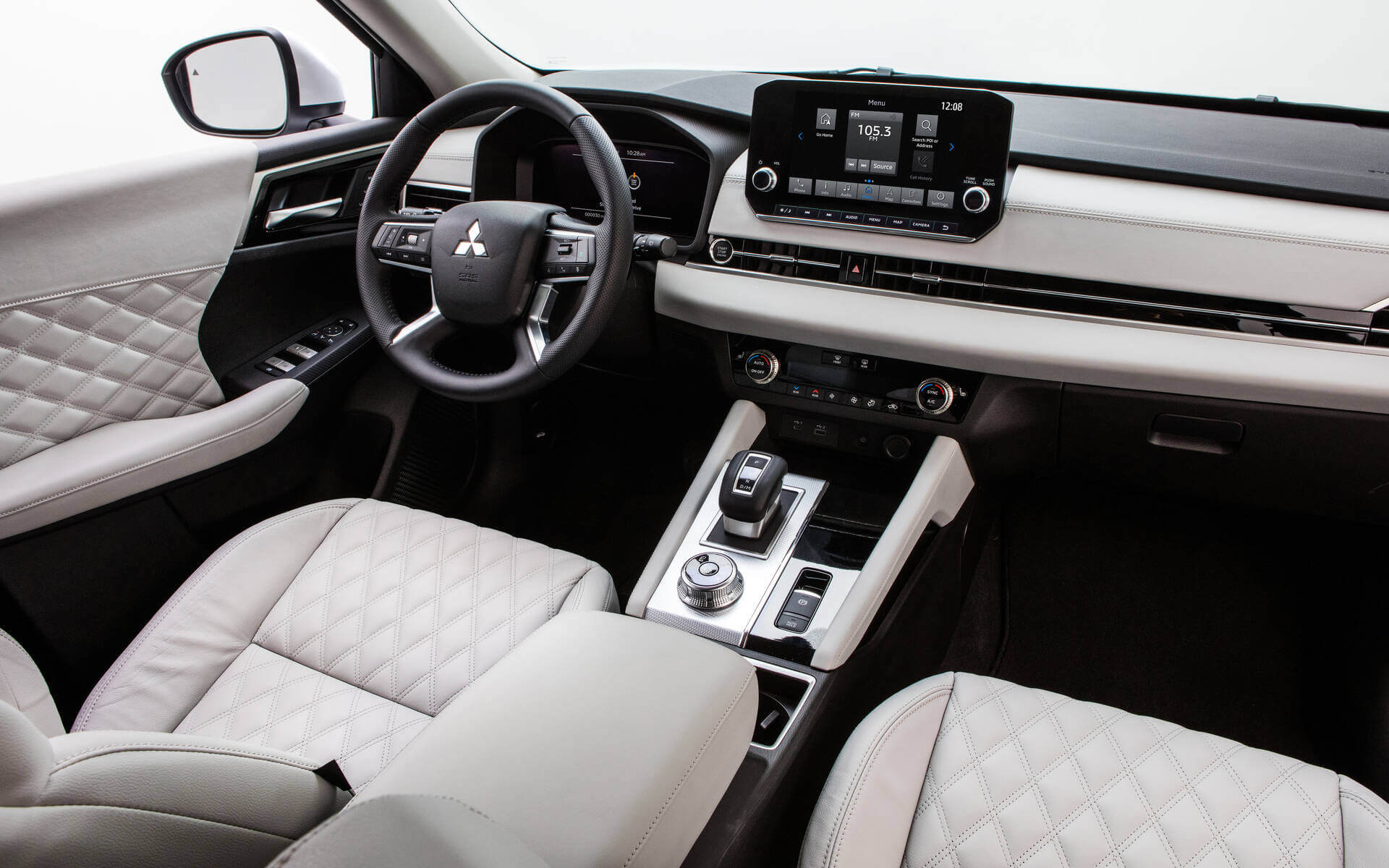
The Outlander and Eclipse Cross PHEV have the traction battery and a 12v utilities battery that is not a cranking battery like a normal ICE powered car. The ICE has a 90-100kW generator attached to it which provides the electrical power required to drive the electric motors at speeds below 75kph when the traction battery is ‘exhausted’ and at other times as controlled by the software. When the traction battery is ‘exhausted’ it still has around a 20% charge and the vehicle’s software will not allow the battery to be drained below this ‘exhausted’ level. The ICE is started by the generator attached the to the ICE being used in reverse as a motor.

However, if the 12v utility battery is flat the vehicle will not start because the 12v battery is the power source for all the vehicle’s services including the electronics to boot the vehicle. While the 12v battery is located in the rear of the vehicle, a jump start is possible by connecting to a positive terminal located in the fuse box at the front of the vehicle and connecting the negative to a metallic item. If the traction battery is ‘exhausted’ the ICE will immediately start on pushing the start button. If the traction battery is not exhausted the car will boot-up and the 300v to 12v inverter will initiate to supply charge from the traction battery to to the utility battery.

Once every 24 hours the traction to utility battery inverter will automatically fire up to ensure the 12v battery is charged. Bottom line, if you plan to leave your PHEV parked unused for an extended period make sure it has around an 80% charge in the traction battery. (Li-ion batteries, unlike lead acid batteries, do not like to be stored at or near fully charged.)

The electric motors provide all the traction except at highway speeds, where the petrol engine CAN be automatically clutched directly to the driving wheels to save on conversion losses when cruising long distance.

As Dennis says, I’m fairly sure the petrol engine can charge the battery while also driving the front wheels (parallel-hybrid mode). There’s no reason why some mechanical power could not be absorbed by the front electric motor to recharge the battery while the petrol engine pushes the car along. If you hit a hill or need to overtake, the electric motor(s) will automatically switch from absorbing mechanical power to providing it. Otherwise, the petrol engine has more than enough power to do both. In fact I’m surprised that they enlarged the petrol engine from the previous 2 litres, but maybe it makes it a little bit more idiot proof, or makes it a more practical tow vehicle.
The bias between petrol power and electric power can be controlled to some extent with the various user modes, or you can just drive it and let the car manage it all.

My father has the previous model which he loves, but I haven’t had the chance to take it on a long journey.
As a further thought, I’m slightly surprised that the US manufacturers didn’t follow a similar path with their electric pickup trucks. As it is, they have to add a monster-sized lithium battery to give them decent range. Perhaps Chevrolet will have a go, given that the Chevy (Holden) Volt was conceptually the same as the PHEV Outlander from memory.







I’ve had two PHEVs and always charge mine off our panels and house batteries, so no fuel cost really as the solar system paid for itself ages ago. Mine is an all electric house as well (no gas) and our latest power bill was $1.27 for 2 months….way to go!